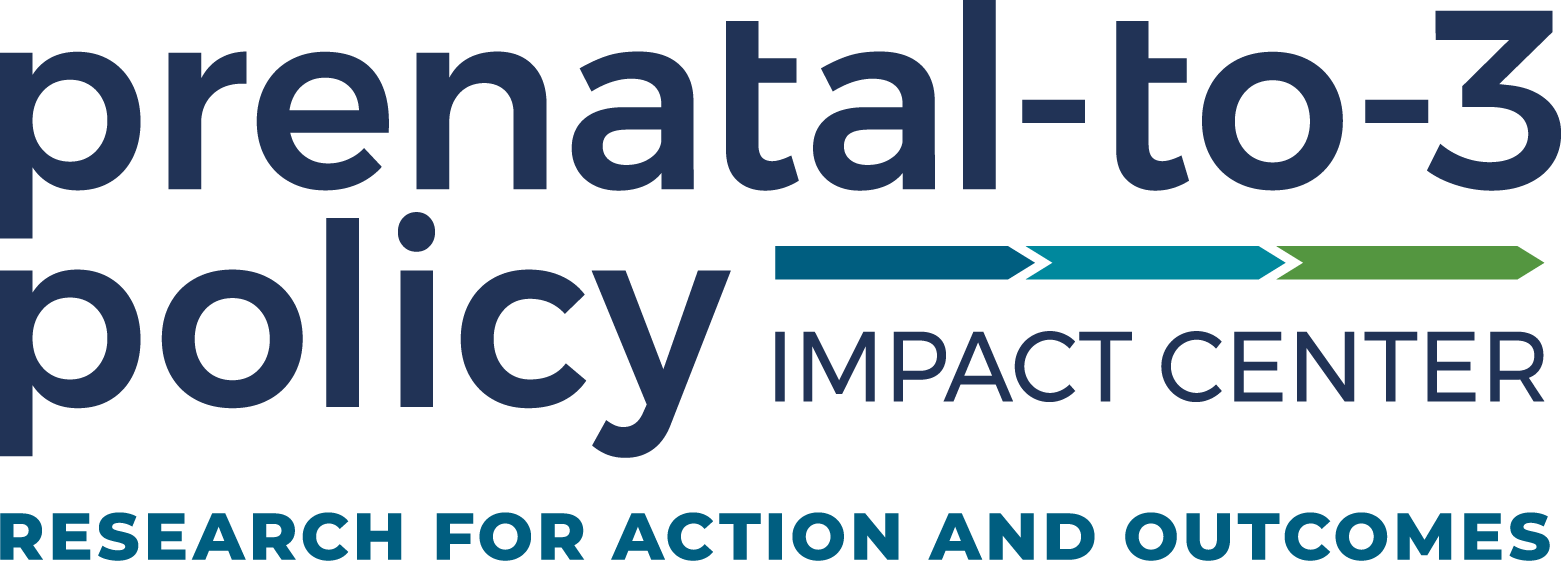ESTIMATED FISCAL AND HUMAN SERVICES BENEFITS OUTWEIGH COSTS BY AS MUCH AS 10:1
Press Contact: Molly Kramer, 615-343-8948, molly.m.kramer@vanderbilt.edu
Today, we released Implementing a Refundable State Earned Income Tax Credit in South Carolina: A Benefit-Cost Analysis. Performed at the request of the Institute for Child Success, this analysis estimates the additional costs and benefits to South Carolina of implementing a 10% or 25% refundable earned income tax credit (EITC) beyond the state’s 125% nonrefundable EITC, effective tax year 2023.
Our analysis demonstrates that the public benefits of the elective refundable EITC program would outweigh its costs, with an estimated ratio of approximately 10 to 1 with a 10% credit. The program could improve the quality of life for workers and families in South Carolina, as well as offer a return to state government through increased economic activity, greater tax revenue, and reduced spending on public assistance and human services programs.
These findings align with broader research showing that federal and state EITCs increase employment and earnings and improve families’ economic, social, and health outcomes and have the capability to increase tax revenue and reduce public assistance spending. Most states offer a state-level EITC to supplement the federal credit, typically providing a percentage of the federal benefit. When refundable, an EITC offers taxpayers the full value of the credit, rather than being capped at the individual’s tax liability.
“The research is clear. For a stronger South Carolina, we should offer a refundable EITC option. This would bring more revenue into both state coffers and workers’ pockets, and would do so using a bipartisan tool that improves outcomes for young children. It’s a win-win-win,” said Bryan Boroughs, Chief Operating Officer and General Counsel for the Institute for Child Success.
We estimate that, with a 10% refundable state EITC, the average annual benefit per eligible household would be $265. The report also provides estimates for impacts on a range of economic, social, and health outcomes—such as child poverty, infant mortality, and crime and public safety. The benefits of a refundable state EITC may be particularly significant for communities disproportionately impacted by low income, high tax burdens, and high cost of living relative to household resources.
“Our research shows that the public benefits of a refundable state EITC program would far outweigh the costs in South Carolina. For the families who need it the most, the benefit is even higher,” said Dr. Cynthia Osborne, Executive Director of the Prenatal-to-3 Policy Impact Center and Professor of Early Childhood Education and Policy at Vanderbilt’s Peabody College.



